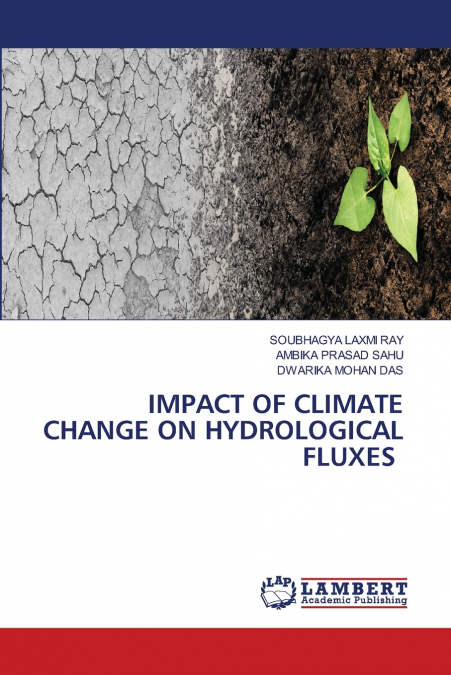
AMBIKA PRASAD SAHU / Dwarika Mohan Das / SOUBHAGYA LAXMI RAY
This book provides a comprehensive review of the impact of climate change on hydrological fluxes across various river basins in India and globally. It covers essential methodologies for climate change studies, including trend analysis of climatic variables, bias correction techniques and the application of GCM/RCM-based climate scenarios in hydrological models like SWAT for prediction of future hydrological fluxes. The book also describes key procedures for model calibration, validation, uncertainty analysis and performance evaluation. Additionally, it presents a detailed case study on the Kantamal Catchment of the Middle Mahanadi Basin, India, analyzing historical climate trends and projecting future hydrological fluxes under RCP 4.5 and 8.5 scenarios. Findings highlight increasing temperatures, declining rainfall, and reduced streamflow, groundwater recharge, and soil moisture, emphasizing the urgent need for adaptive water resource management strategies. This book serves as a valuable resource for researchers, policymakers, and water managers addressing climate change challenges in hydrology.